Back to: PHYSICAL HEALTH EDUCATION JSS1
Welcome to class!
In today’s class, we will be talking about physical fitness and body conditioning programmes. Enjoy the class!
Physical Fitness and Body Conditioning Programmes
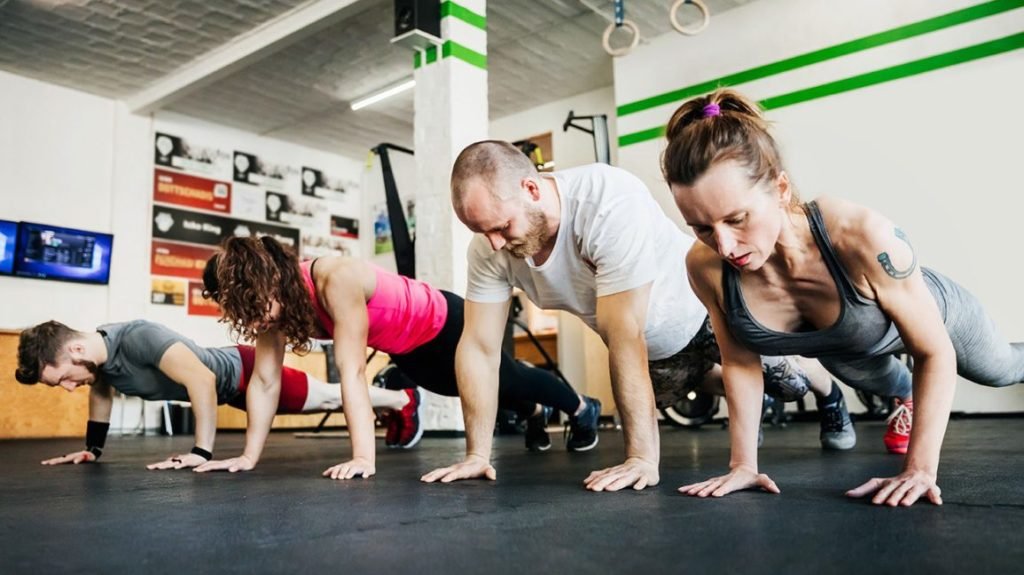
It is a state of health and well being and, more specifically, the ability to perform aspects of sports, occupations and daily activities. Physical fitness is generally achieved through proper nutrition.
It is also the ability of an individual to perform his daily work well without feeling too tired and still have reserve energy in case of an emergency.
Examples of physical fitness
- Jogging: Running at a steady and gentle pace. This form of exercise is great for maintaining weight.

jogging - Elliptical training: This is a stationary exercise machine used to perform walking, or running without causing excessive stress on the joints. This form of exercise is perfect for people with achy hips, knees, and ankles.
- Walking: Moving at a fairly regular pace for a short, medium or long distance.

walking - Treadmill training: Many treadmills have programs set up that offer numerous different workout plans. One effective cardiovascular activity would be to switch between running and walking. Typically, warm up first by walking and then switch off between walking for three minutes and running for three minutes.
- Swimming: Using the arms and legs to keep oneself afloat and moving either forwards or backwards. This is a good full-body exercise for those who are looking to strengthen their core while improving cardiovascular endurance.

swimming - Cycling: Riding a bicycle typically involves longer distances than walking or jogging. This is another low-stress exercise on the joints and is great for improving leg strength.

cycling - Sprinting: Running short distances as fast as possible.

sprint
Components of Physical Fitness
There are two components of physical fitness are:
(a) Health-related components
(b) Skills or performance-related components
The health-related components are:
(i) Muscular power
(ii) Muscular strength
Definitions of the different terms of the components of physical fitness follow:
Body composition:
Is the ratios of muscle, fat, and bone. It is usually measured as a percentage of fat. Buoyancy is the standard that all body composition measurement techniques are judged by. Different types of measurements are electric impedance, skin fold.
Flexibility:
The ability to bend. It can be measured in the range of motion of different joints.
Cardiovascular endurance:
How much oxygen the heart and lungs can deliver to the body while moving for an extended length of time.
Muscular endurance:
The length of time a muscle can move a weight for a period of time.
Muscular strength:
How much weight a muscle can move.
Speed:
How fast a distance can be travelled in, whether it is the whole body or just a part of the body like the foot for example.
Power:
It is the strength and speed combined, as, in a punch, a fist has no power with no speed.
Agility:
Ability to move under control.
Static balance:
Ability to balance while not in motion.
In our next class, we will be talking about Characteristics of a Physically Fit Person. We hope you enjoyed the class.
Should you have any further question, feel free to ask in the comment section below and trust us to respond as soon as possible.

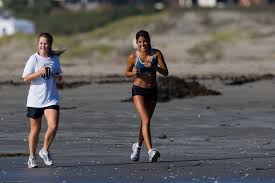
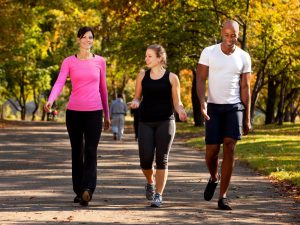
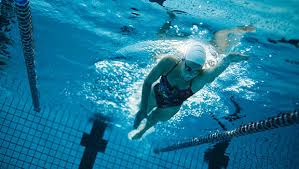
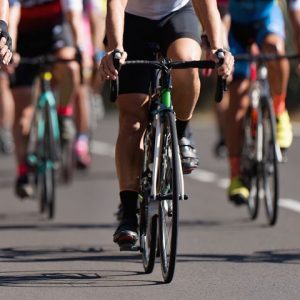
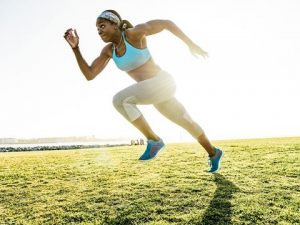
I need first term note for jss 1 in physical health
I am so appreciate for this thanks